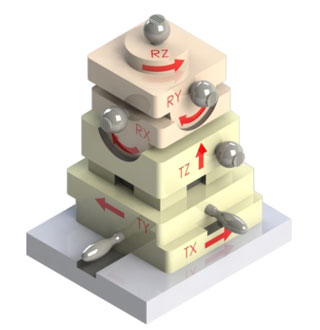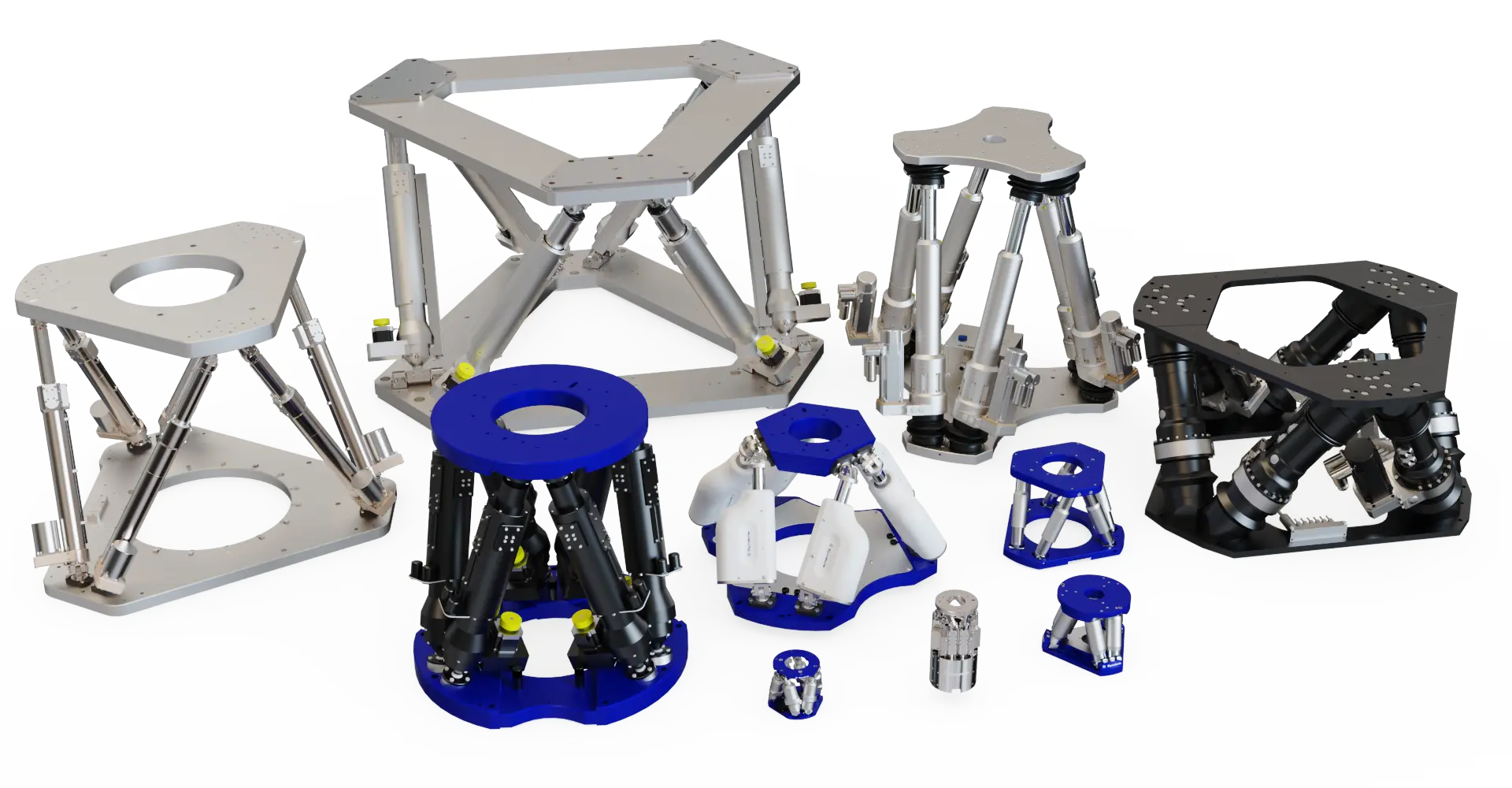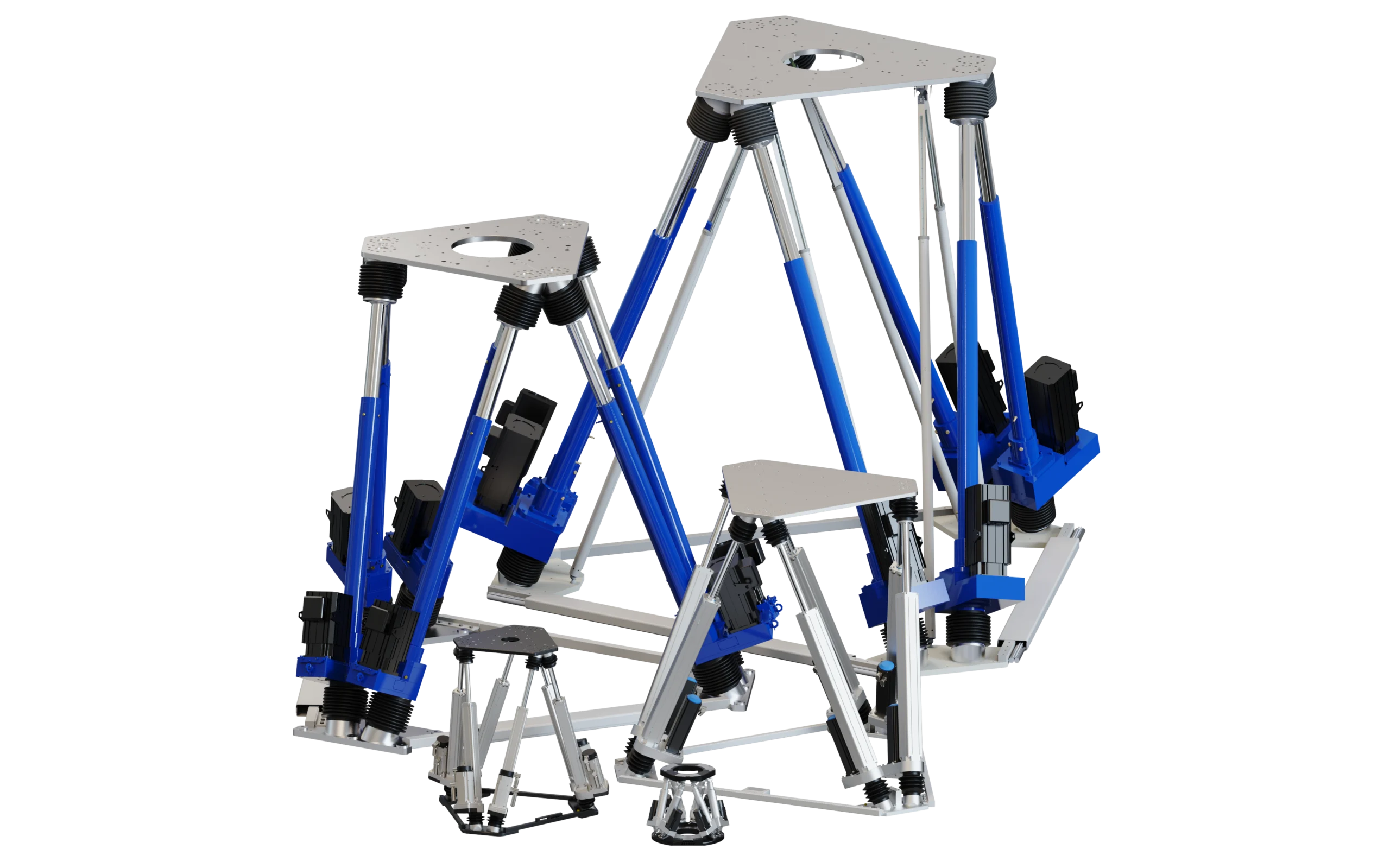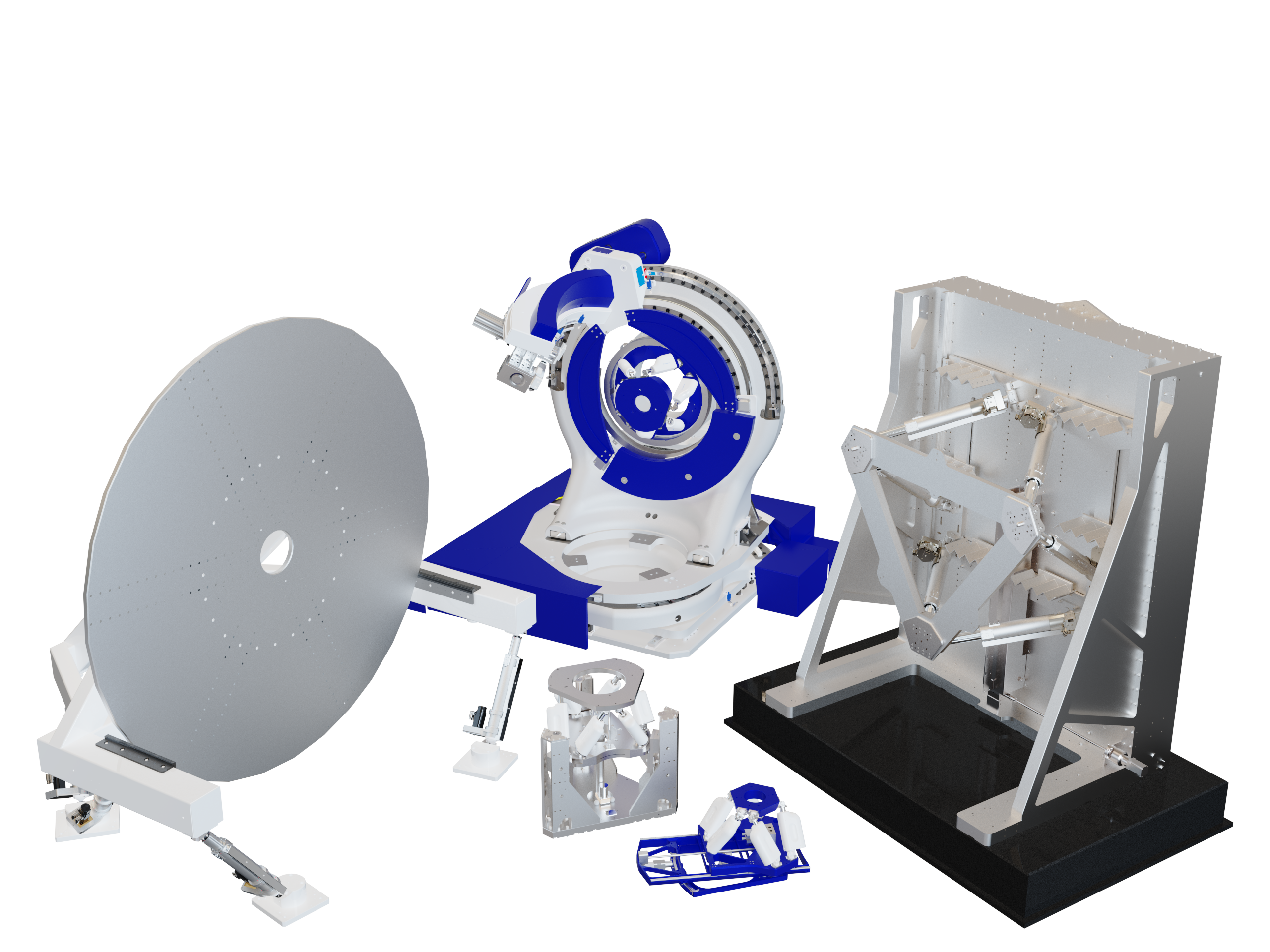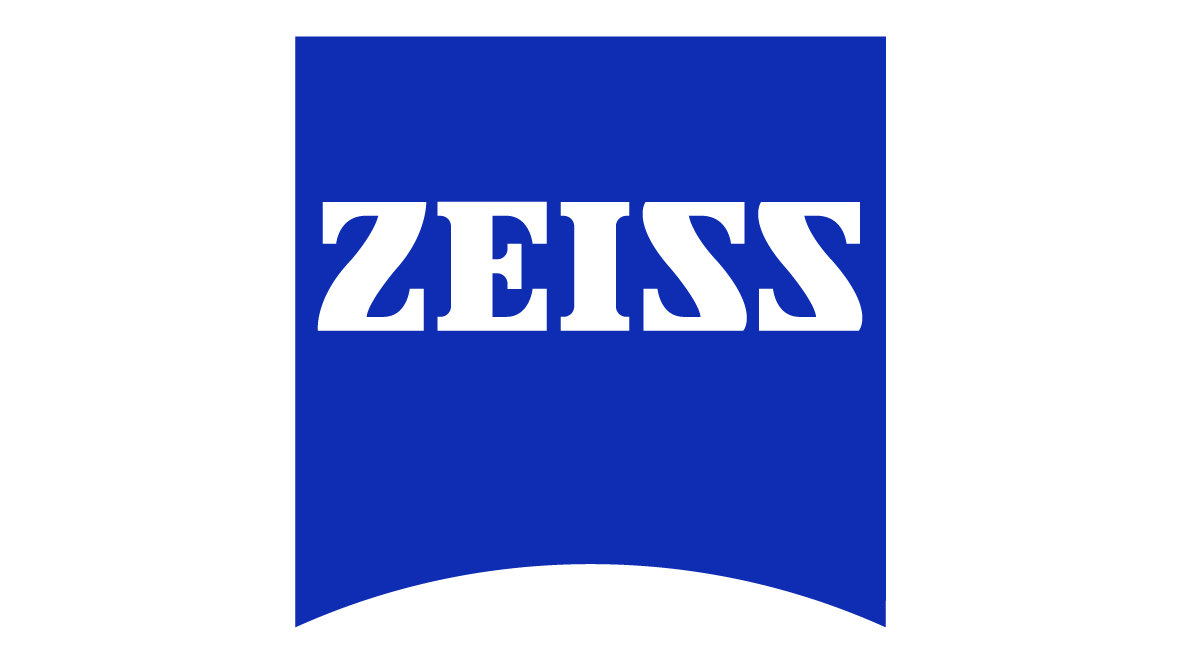Symetrie technology for your hexapod
Our expertise at your service
WHAT IS A HEXAPOD?
A hexapod is a mechatronic system with a parallel structure allowing the positioning and movement of objects in space according to the six degrees of freedom.
HEXAPOD ARCHITECTURE
A hexapod can be a positioning or a dynamic motion system.
Its architecture consists of six actuators mounted in parallel between a fixed and a mobile platform with the help of joints. The actuators perform linear movements to position the mobile platform.
PRECISION AND DYNAMICS
Symétrie hexapods are designed to be dynamic (simulators) or precise (measuring hexapod or micro-positioning hexapod). Their very low mass-to-stiffness ratio gives them great dynamics with a high load capacity.
WHY PARALLEL ARCHITECTURE?
■ Better footprint
■ Better mass/stiffness ratio
■ Improved mechanical robustness
■ No moving cables
■ Better accuracy
■ Less risk of default than a serial structure
■ Better inertia

FOR WHAT APPLICATIONS?
Due to its original architecture, this system is used for high precision positioning, position measurement, and the generation of movements in the context of dynamic tests.
Hexapods find their applications in the naval, space, aeronautical, automobile, optical, medical, nuclear, or electronic industries. These systems are also used by research laboratories.
Some of our hexapods exist in an empty, cleanroom or non-magnetic version to adapt to particular environments.
Discover our wide range of precision positioning hexapods stages for loads from a few grams to several tons and resolutions from 10 nm to a few tenths of a micron.
We help you succeed in your dynamic motion projects, allowing you to test objects weighing from a few kg to several tons with up to 2m/s speed and 1g acceleration.
From the feasibility study to maintenance, Symetrie uses its skills in metrology, dynamics and positioning to offer you the best solutions, adapted to your constraints.
they chose Symétrie hexapods
Why choose a SYMETRIE hexapod?
25 years of recognized experience
Unique know-how in the design and manufacture of hexapods, the fruit of multidisciplinary expertise (mechatronics, robotics, on-board electronics, control and command, software, etc.).
A team of expert engineers
Specialists who combine mechanical precision, technological innovation and a global vision of customer needs.
Hexapods built to last
– Optimized design for enhanced performance
– Rigorous manufacturing for impeccable quality
– Rigorous quality control at every stage of the robot production process
Tailor-made solutions
Thanks to its evolutionary technology, our hexapods are: reliable, robust and adapted to the most complex environments.

Contact an expert :
Submit a form and receive a quick response by e-mail or telephone from one of our sales engineers.


